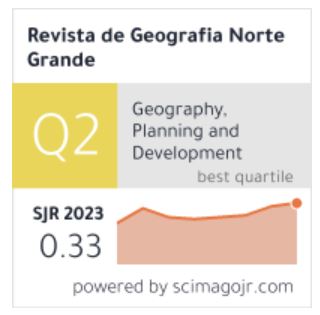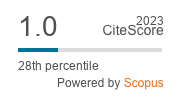El diseño geográfico de la nación en una novela mexicana del siglo XIX. Los bandidos de Río Frío de Manuel Payno
DOI:
https://doi.org/10.4067/S0718-34022021000100029Palabras clave:
geografía cultural, paisaje, México, Payno, Yi Fu TuanResumen
Los bandidos de Río Frío, de Manuel Payno,es una novela nacionalista situada en las primeras décadas del México independiente, cuando se busca la idea de nación por medio de la descripción y la construcción cultural del paisaje y del territorio nacional. Se explora una “literatura geográfica” a través del enfoque que proviene de la geografía cultural. Seguimos en ello a Tuan, quien conceptualiza los lugares simbólicos con cualidades sociales como epicentros que personifican la vida cultural y la identidad de cierta comunidad. A partir de este enfoque, ¿cómo se expone la percepción espacial del autor con respecto al territorio nacional? Para ello, se analizan tres ámbitos de la territorialidad tejida en la novela y que son: las haciendas, las montañas y los caminos, los cuales conforman el diseño estructural que concibió Payno para buscar descifrar el sistema espacial que se entretejía a escala nacional.







